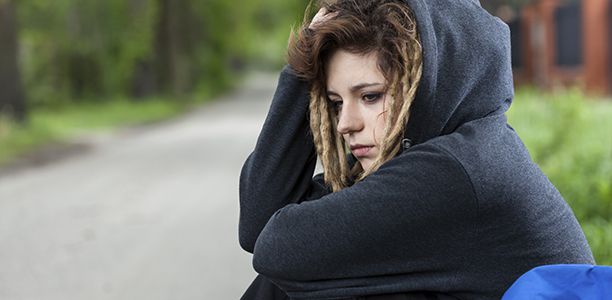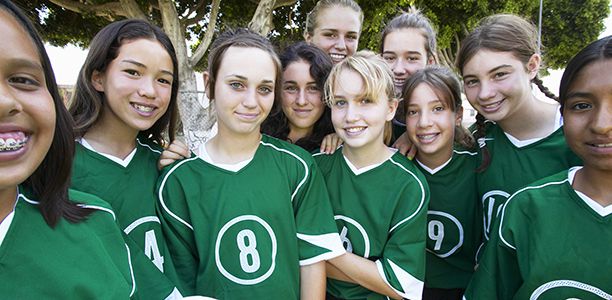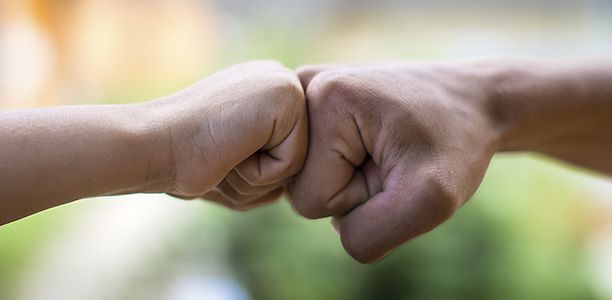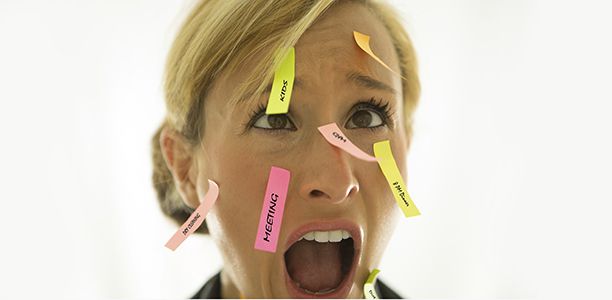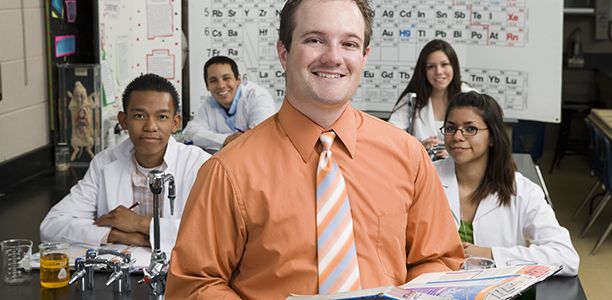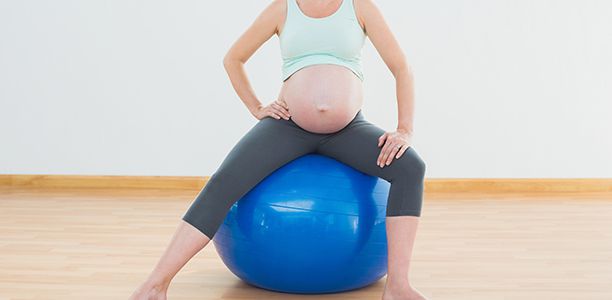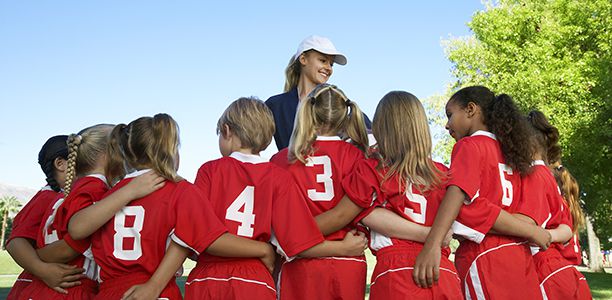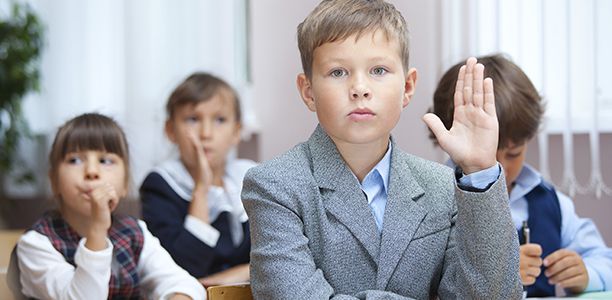Have you ever wondered why you enjoy playing one sport over another? And if it’s a team sport, why you seem to favour a specific position? Or if you’re not the sporty type, have you ever stopped to think why? PhD candidate Tom Lovell is exploring ways to overcome factors that affect our relationship with sports from childhood, with the aim of boosting lifelong engagement.
The decision to take up or drop out of playing sports can be complex and varied. Factors such as good genes, early exposure and motivation all play a role in keeping people in the game or on the sidelines.
A growing body of international research suggests there are other factors that can help – or hinder – an individual’s ability to participate in sport, particularly throughout childhood and adolescence.
The relative age effect (RAE) is one of them. This phenomenon is created by the cut-off dates for children’s age group competitions, which means there is up to a 12-month age gap between players. For a primary schooler, having almost a whole year to grow and develop over peers in the same competition can be a huge advantage.
Older children within a competitive age bracket are more likely to be seen as better athletes by their coaches and therefore more likely to be identified as talented. Such bias in team selection often has a compounding effect, with more practise, experience and positive reinforcement given to these athletes.
On the other hand, younger athletes competing in the same age group are not provided with the same level of coaching or exposure to higher levels of competition, and often drop out of competitive sport or physical activity altogether.
While it’s difficult to identify numbers of children who drop out of sports specifically due to RAE, a 2012 study by Robin van den Honert of Macquarie University found that in Australia, 42.45% of elite youth soccer players aged 14 to 15 were born in the first quarter of the year, while just 11.97% were born in the fourth quarter.
So what can be done to combat the effects of RAE?
Professor of Sport and Exercise Science Aaron Coutts and PhD candidate Tom Lovell might have the answer. The UTS Health Sport and Exercise Discipline Group have partnered with Knox Grammar School, an independent boys school on Sydney’s North Shore, to examine sports participation and athletic development.
One of their studies included looking at 300 students over three years to investigate the biases that may influence sports dropout, and develop strategies to improve and maximise participation.
“We started this project in March 2012 and our first move was to look at different youth sports and how RAE works in each,” explains Coutts. “We aimed to determine how it affects athletic development and participation of individuals in those sports.”
The research team started with soccer, focusing on students in Years 6 to 12 playing in the top three teams of each year group.
“At Knox Grammar, rather than grouping players by age group they use year groups, which may include up to an 18-month range of ages,” says Coutts. “This means children who would be the oldest in a typical age competition – with a 12-month range – would be in the youngest third of their school grade-based competition.
“Consequently, RAE was not as strong as other research in elite sports. However, related forms of bias that include biological maturity, physical, social and skills-related tendencies affected the level players were selected in or the positions they played.”
To learn more about these biases, Lovell and Coutts tracked the boys over three years to observe changes in maturation, physical performance and team selection.
“We looked at the influence of biological age, physical capacity and coordination on team selection,” explains Lovell. “Were the boys who were selected into the better teams older or more physically developed? And how did this impact their physical performance?
“We cross-referenced this information with each player’s match variables using GPS, heart rate monitors and video analysis to measure both physical activity and skill involvement during matches – how far they ran and how many touches they got on the ball – and found all these factors were influenced by physical profiles.”
The team also found the positions boys were selected for were influenced by physical measures such as speed, strength and maturity status.
“This typically resulted in the taller, earlier maturing players being relegated to defensive positions, as defined by the coach,” says Lovell. “Unfortunately, this selection bias may limit their opportunity to develop other skills from playing different positions.”
Using the soccer study results, and data collected on over 1500 Knox Grammar students in other sports studies, Lovell and Coutts have provided a new insight into how this may impact sports participation and athletic development. The good news is, younger players need not throw in the towel, says Lovell.
“We are proposing a more holistic approach to team selection that relies on multi-dimensional systems of athletic potential. We hope to build an evidence-based system including measures such as coordination and skill, which aren’t as influenced by age, maturity or physical development.
“These can refer to observing the many facets of performance such as physical, psychological, technical and tactical. Measuring capacities such as coordination and skill – motor competence testing and dribble tests for soccer – can provide a much more accurate insight into whether someone will progress in the sport.
“In our opinion, these are more important for identifying future ability rather than physical capacity or size.”
Lovell and Coutts also recommend against early specialisation. Lovell concedes it can be hard to argue with a coach, and often a change of mindset is required.
“We’re working to educate coaches to understand the impact RAE and other selection biases have on development. It’s about reminding them of the bigger picture – which isn’t about winning in the Under 13s, but developing players with a long-term vision to maximise their potential in five to 10 years’ time.”
Lovell and Coutts are working with Knox Sports Academy and the school’s Head of Athletic Development Corey Bocking, to implement these recommendations, which fit with the school’s directive of promoting sports participation and long-term athletic development.
“Later down the track we hope to use this research to educate and direct talent-development programs in elite youth sport, as well as participation in sporting clubs and school sports ,” says Lovell.
“It’s time to level the playing field. Let’s give these young athletes the opportunity to enjoy a lifetime of physical activity, regardless of relative age.”
(Source: University of Technology, Sydney)



